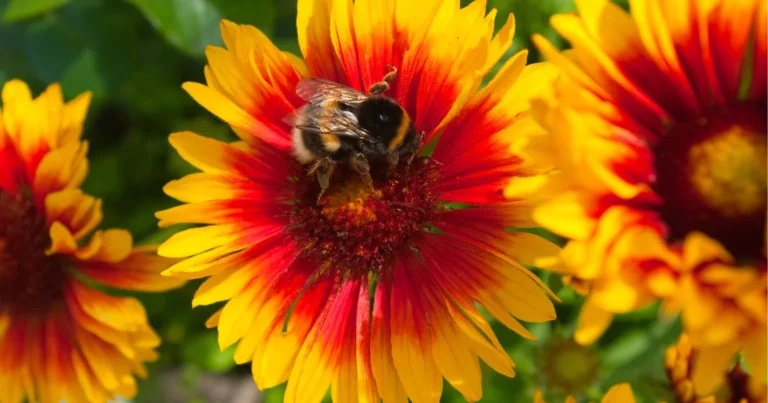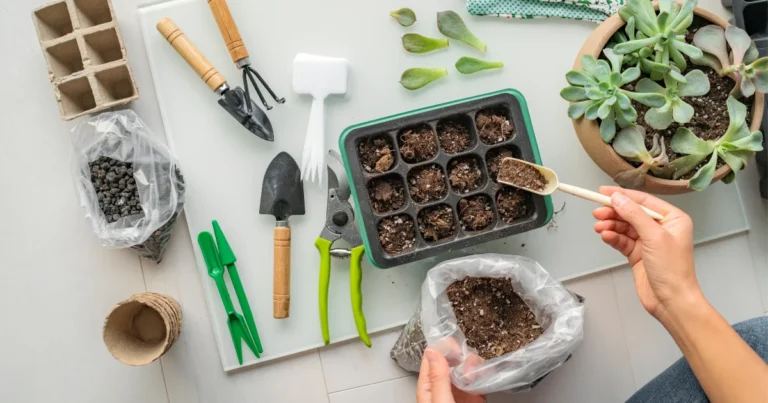Drought-Tolerant Plants for Water-Wise Gardening
Introduction:
In the face of increasing water scarcity and climate change, cultivating a water-wise garden is not just environmentally responsible but also practical. Drought-tolerant plants are the backbone of such gardens, offering beauty and resilience without the need for excessive watering. In this detailed guide, we’ll explore the world of drought-tolerant plants, from their benefits and characteristics to the best varieties for various climates and soil types.
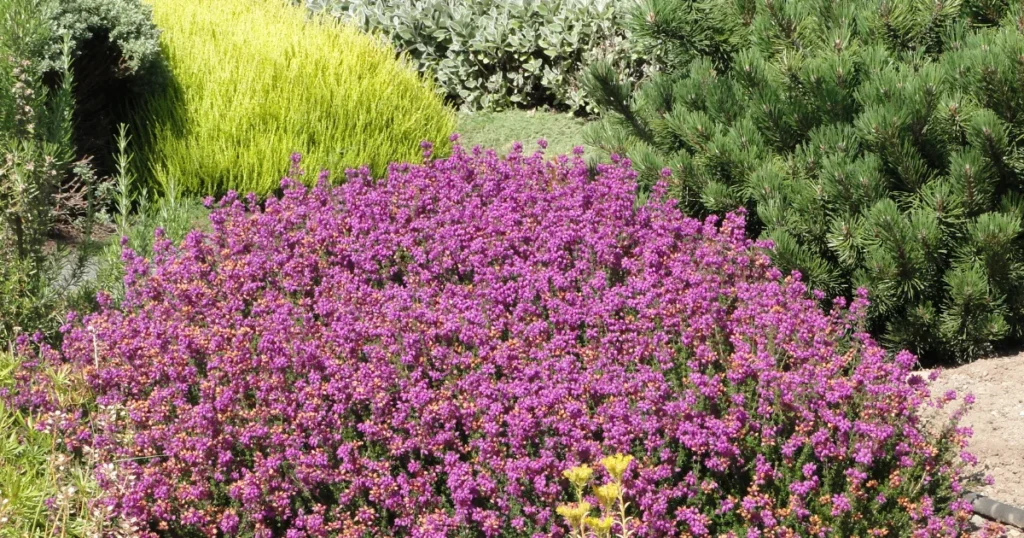
Understanding Drought-Tolerant Plants
What are Drought-Tolerant Plants?
Drought-tolerant plants, also known as xerophytes, are species adapted to survive in dry conditions by storing water in their leaves, stems, or roots, or by reducing water loss through specialized mechanisms such as small leaves or waxy coatings.
Benefits of Drought-Tolerant Plants
Drought-tolerant plants offer numerous benefits for water-wise gardening, including:
1. Reduced water usage:
Drought-tolerant plants require less irrigation, helping to conserve water resources.
2. Lower maintenance:
These plants are often low-maintenance, requiring less time and effort for upkeep.
3. Increased resilience:
Drought-tolerant plants are better equipped to withstand dry spells, making them ideal for regions prone to drought or water restrictions.
Selecting Drought-Tolerant Plants for Your Garden
Factors to Consider
When choosing drought-tolerant plants for your garden, consider the following factors:
1. Climate:
Select plants that are well-suited to the climate and weather conditions in your region.
2. Soil type:
Choose plants that thrive in your soil type, whether it’s sandy, clayey, or loamy.
3. Sun exposure:
Determine the amount of sunlight your garden receives and select plants that can tolerate the available light levels.
Best Drought-Tolerant Plant Varieties
Succulents:
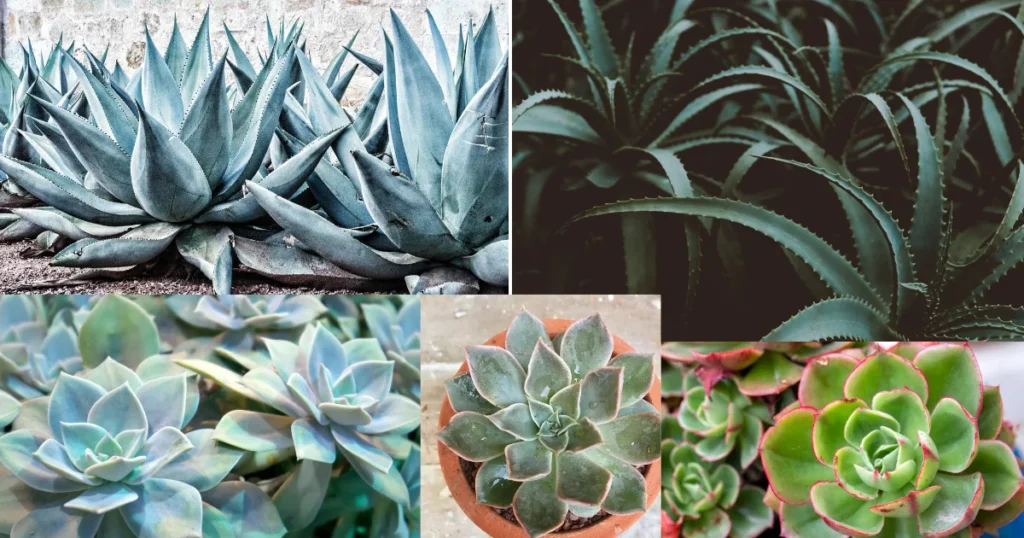
- Types: Aloe vera, agave, echeveria
- Characteristics: Succulents store water in their fleshy leaves, making them highly drought-tolerant and visually striking.
- Ideal for: Sunny, dry areas such as rock gardens or containers.
Mediterranean Herbs:
- Types: Rosemary, lavender, thyme
- Characteristics: These aromatic herbs are adapted to thrive in Mediterranean climates, with low water requirements and attractive foliage.
- Ideal for: Sunny, well-drained soil in herb gardens or along pathways.
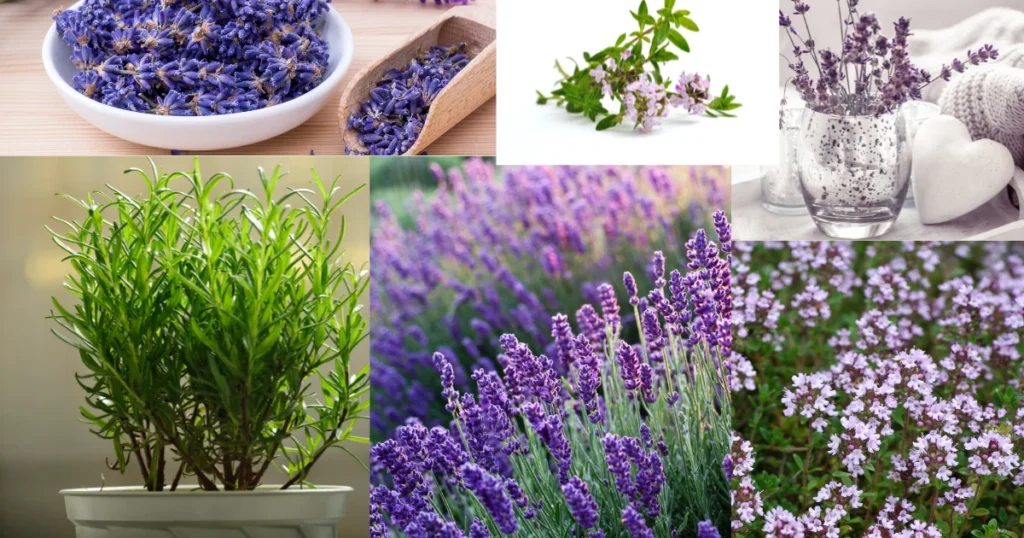
If you are interested in growing herbs indoors then read our detailed blog on “how to grow herbs in pots” which teaches you everything.
Native Grasses:
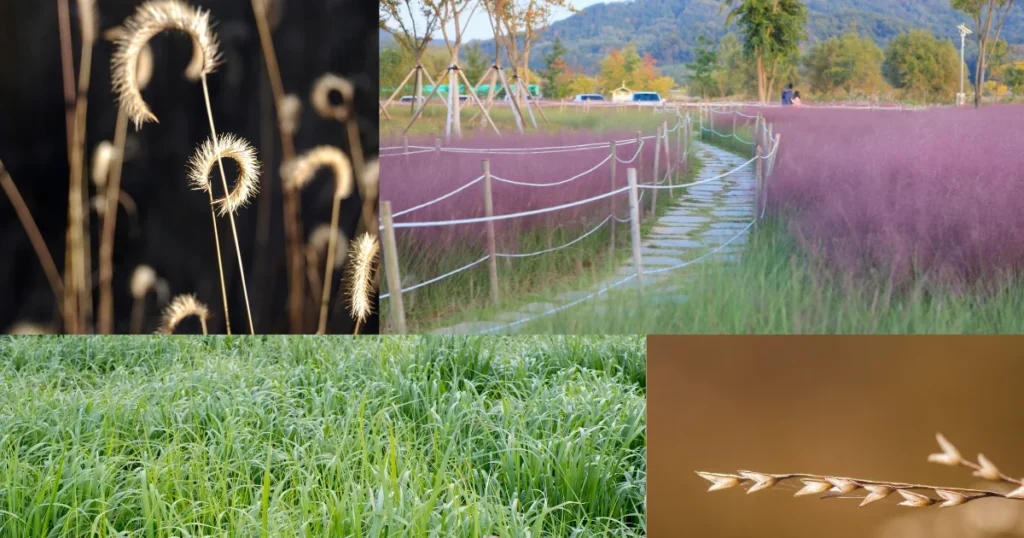
- Types: Blue grama, purple muhly, switchgrass
- Characteristics: Native grasses are well-adapted to local conditions, offering ornamental value and erosion control in dry landscapes.
- Ideal for: Prairie-style gardens, slopes, or naturalized areas.
Drought-Tolerant Shrubs:
- Types: Butterfly bush, yucca, Russian sage
- Characteristics: These shrubs feature drought-resistant foliage and colorful blooms, adding structure and visual interest to the garden.
- Ideal for: Borders, hedges, or xeriscape designs.
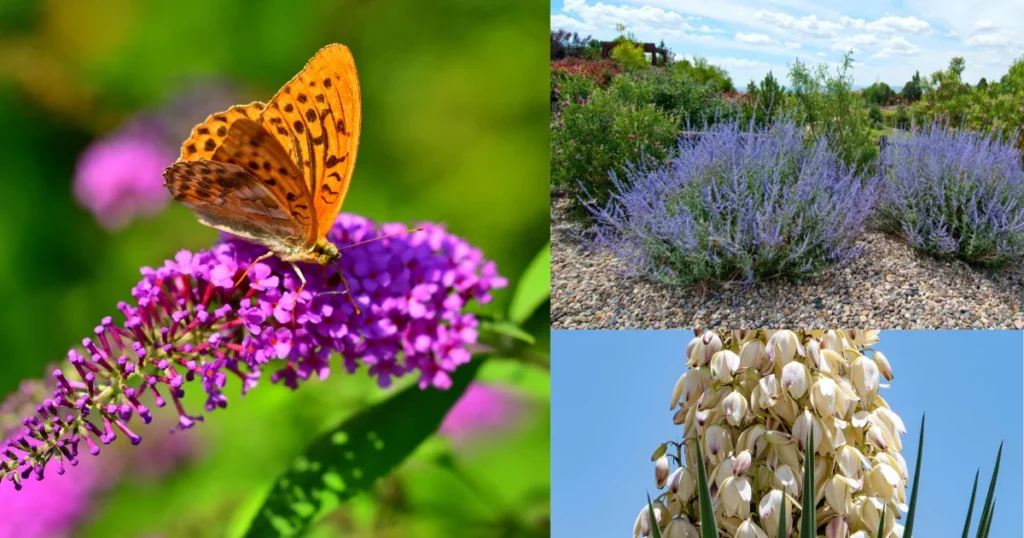
Tips for Growing Drought-Tolerant Plants
Proper Planting Techniques
1. Prepare the soil:
Amend the soil with organic matter to improve drainage and water retention.
2. Water deeply:
Water newly planted drought-tolerant plants thoroughly to encourage deep root growth.
3. Mulch:
Apply a layer of mulch around plants to conserve moisture, suppress weeds, and regulate soil temperature.
Maintenance Practices
1. Prune selectively:
Trim dead or damaged foliage to promote healthy growth and improve air circulation.
2. Monitor moisture levels:
Check soil moisture regularly and water only when necessary, allowing plants to dry out between watering.
3. Fertilize sparingly:
Use low-nitrogen fertilizers or organic alternatives to avoid stimulating excessive growth.
Designing a Drought-Tolerant Garden
Principles of Xeriscaping
1. Plan for water efficiency:
Design your garden with water-wise principles in mind, incorporating drought-tolerant plants, efficient irrigation systems, and mulch.
2. Group plants by water needs:
Arrange plants with similar water requirements together to optimize irrigation and minimize water waste.
3. Create microclimates:
Use hardscape elements such as rocks or walls to create sheltered areas that retain moisture and provide habitat for beneficial insects.
Verdict
Drought-tolerant plants are an essential component of water-wise gardening, offering beauty, resilience, and environmental benefits. By selecting the right plants for your climate and soil conditions, practicing proper planting and maintenance techniques, and incorporating xeriscaping principles into your garden design, you can create a sustainable and visually stunning landscape that thrives even in times of water scarcity.


